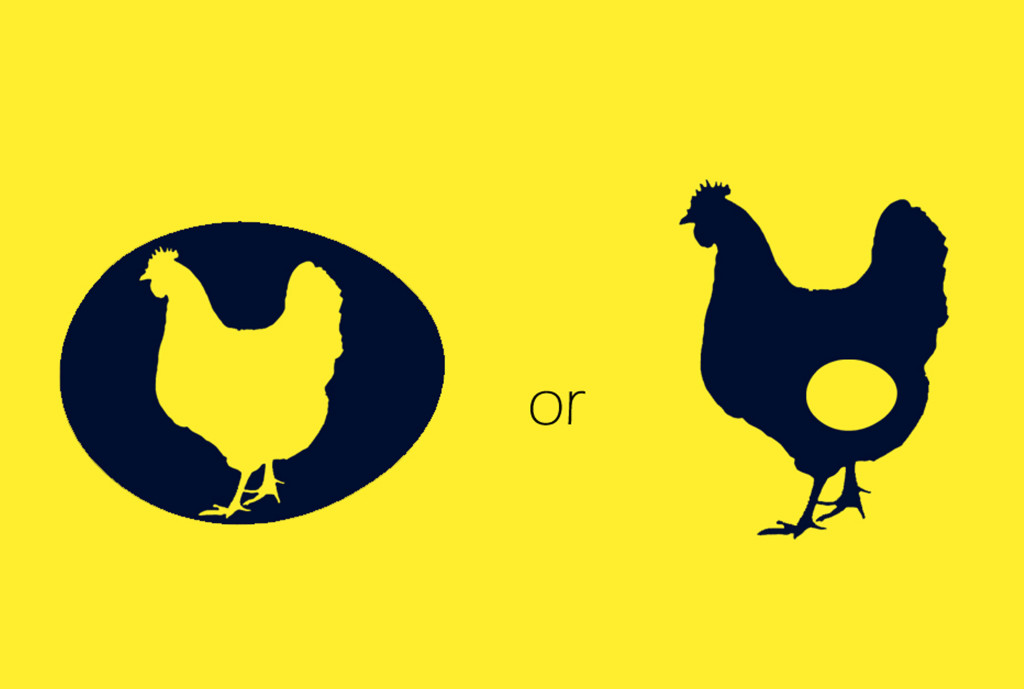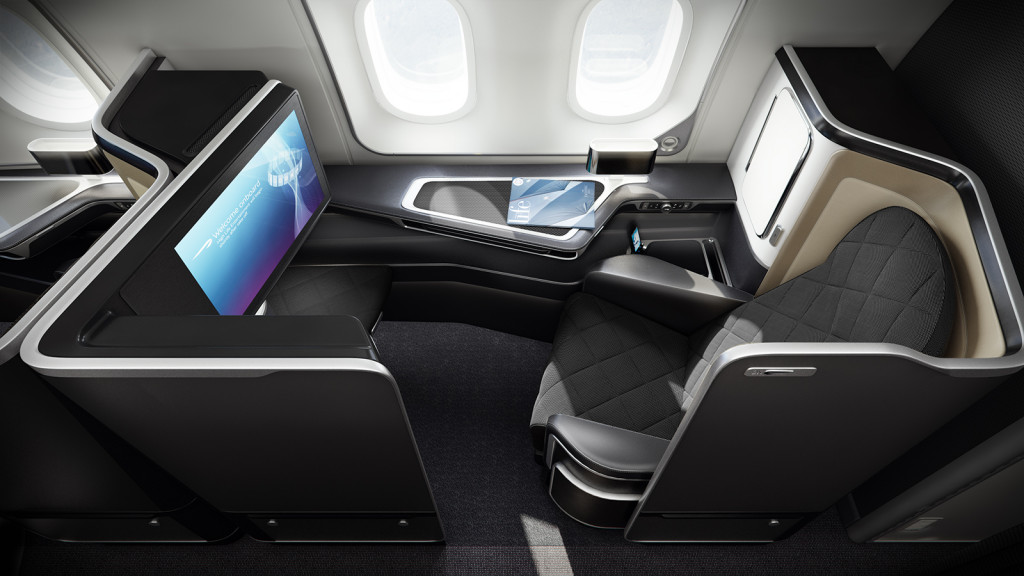
Your brand has a value to consumers, or at least it should have. The question is: should we design value, or should value drive design? It’s a chicken and egg debate as to which comes first. There are two schools of thought – and let me assure you, your role within your company will put you firmly in one camp or the other.
But trust me when I say (and too frequently rant) that design is an investment that leads to commercial growth and strengthens your value proposition. The problem for most brand owners and marketing managers is deciding where to place this investment and how steadily this should drip through to achieve commercial goals.
“Value proposition will dictate how people value a product against what it costs them.”
So what is value proposition? Property people tell us, ‘It’s worth what the market buys at.’ Shoe shops tell us, ‘It’s what people are prepared to spend.’ Whether it’s cars, clothing, education, food, drink … pretty much everyone who sells says the same thing. But from a brand’s perspective, it’s what is credible and believable.
Google ‘value proposition’ and you’ll read that it’s an innovation, service, or feature intended to make a company or product attractive to customers. In other words, it’s what story is told, how it’s told, and what consumers think about your brand. And, consequently, how people then value your offering against what it costs them.

“It’s so easy to misunderstand messages. An advert needs to build a perceived image of the brand and the value it offers.”
This can either be measured in terms of time or money, both of which have a huge value depending on their position. Money is a medium of exchange according to the Oxford English Dictionary; it would be good to remember this. Ask yourself, is your value proposition worth the cost to consumers? Do they understand your value?
You better hope they do. But it’s so easy to misunderstand messages. Think about the last time you misread an email, or got the wrong end of the stick on the phone. It might be due to bad grammar and lazy sentence structure, maybe it’s lost in translation, or perhaps it’s a lack of visual language to support our interpretation?
Brand communication involves incredibly complex layers of communication. Subtle messages that mesh together across different mediums to build a perceived image of that brand and the value it offers. Brand building involves creative expertise.
Why then do so many brand owners invest in strategic planning so heavily? I agree with this, as well as investing in areas such as product engineering – but the theme, which connects and runs in parallel to every other area of development is ‘design language’, and this is something that is essential to all strategy and implementation.
I seem to speak again and again about how brand owners approach our industry. I’m usually slightly in awe, slightly cynical, slightly fearful. Most brand owners don’t know where their investment is going, what it will achieve, how it will achieve what they think they want, and when. No bloody wonder, I hear you think. I again concur.
So back to chickens and eggs. Regardless of which school of thought you belong to, value proposition is based on truth. How you communicate this to consumers will make or break your brand. In my opinion, design is an investment that should be maximised and one that should lead to commercial growth and build brand value.
I’m intrigued to hear what brand owners think about this. Do you know your value proposition? Can you explain it in a few sentences … or will it be lost in translation?
“Design is an investment that leads to commercial growth and strengthens your value proposition.”
